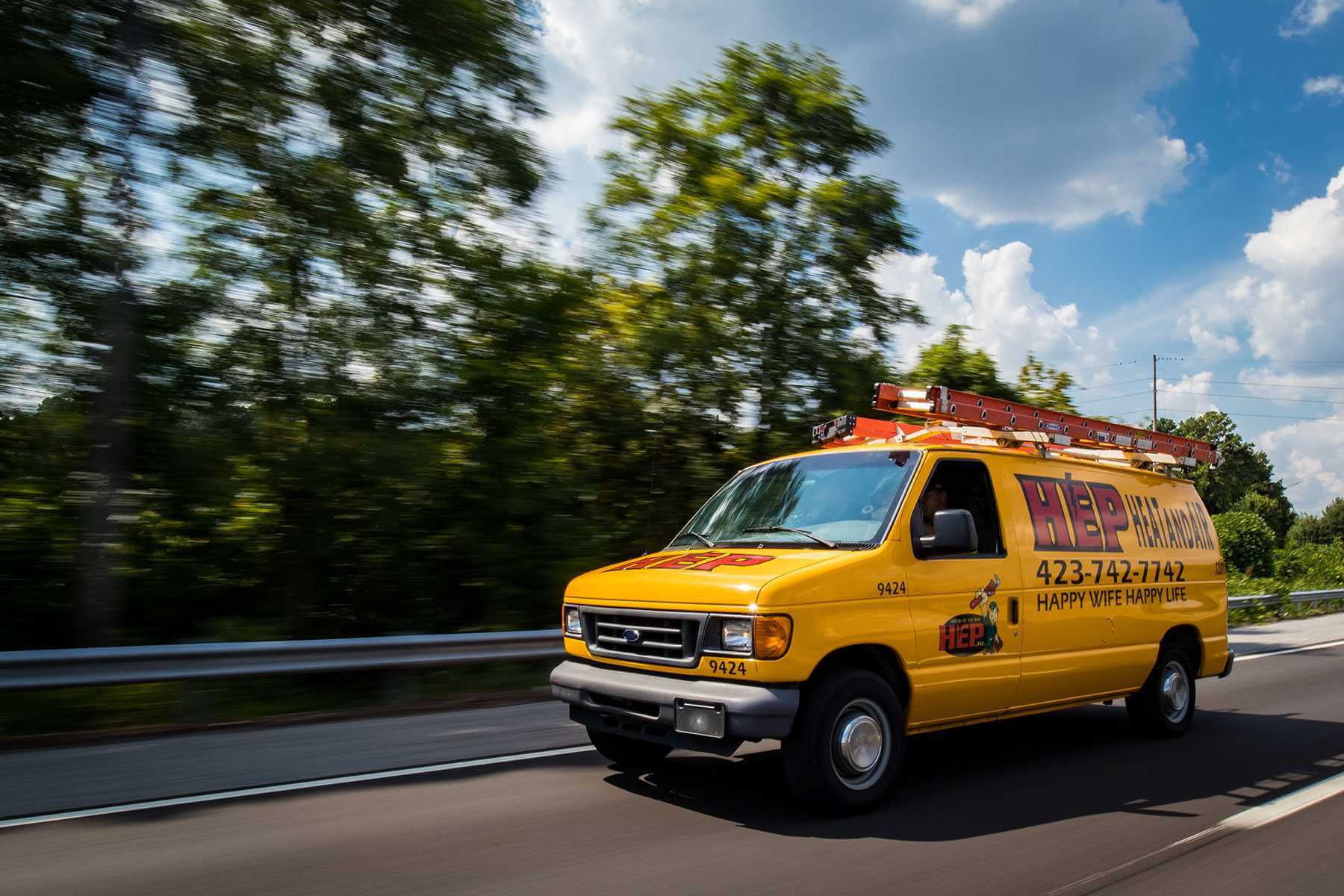

Tree Roots
Your trusted partner for professional home services. Quality workmanship, guaranteed satisfaction.




- HEP Plumbing
- Tree Roots
Tree Roots | Main Line Issues | Plumbing | Greenback
Tree roots can be relentless, snaking through Greenback’s soil in search of moisture and nutrients—often finding an easy target in your sewer line. When those fast-growing roots invade, they clog or crack the pipe, causing slow drains, foul odors, and even messy yard seepage. HEP’s licensed plumbers combine high-resolution camera inspections with powerful root-cutting equipment to pinpoint the problem and clear the blockage without guesswork or unnecessary digging.
If your home is showing signs of main line issues, don’t wait for a complete backup. Our team is on call 24/7 to remove invasive roots, repair or replace damaged sections, and restore proper flow, all while protecting your landscaping and your budget. Fast service, honest pricing, and a clean work site—HEP keeps Greenback’s plumbing running smoothly from the curb to the tap.
FAQs
How do tree roots get into my sewer main line in Greenback?
Tree roots naturally seek out moisture and nutrients. Even a hair-line crack, loose joint, or aging clay/Orangeburg pipe in your sewer main line can release vapor that attracts nearby roots. Once a root senses the moisture, it grows toward the pipe, slips through tiny openings, and then continues expanding inside the line, creating a net that catches debris and eventually causes a blockage.
What signs should I watch for that suggest roots are blocking my main line?
Typical warning signs include gurgling sounds in toilets or drains, multiple fixtures backing up at the same time (especially the lowest drain in the house), slow-draining tubs or showers, foul sewage odors in the yard, and sudden wet or sunken spots in the lawn. If these symptoms occur frequently or after rain, root intrusion is a prime suspect.
Why is it important to address root intrusion quickly?
Roots grow year-round in East Tennessee’s mild climate. Left unchecked, they can fill the diameter of the pipe, crack it further, and let soil enter the line, leading to total collapse. Prompt removal prevents raw sewage backups into your home, avoids costly structural damage, and helps protect the environment from untreated wastewater leaks.
What solutions do you offer for removing roots from my main line?
Our Greenback technicians start with a camera inspection to locate the intrusion. Depending on severity, we use: (1) Mechanical augering to cut away small root clusters, (2) Hydro-jetting to flush out thicker root mats and accumulated sludge, (3) Foaming herbicide treatments that kill remaining root tips without harming the tree, and (4) Trenchless pipe lining or spot repairs to seal cracks and keep roots from re-entering. We’ll recommend the least invasive option that gives long-term protection.
Will removing roots damage my trees or my yard?
No. Mechanical cutting and hydro-jetting occur entirely inside the pipe, so there’s no harm to your landscaping. The foaming herbicide we apply is formulated to eliminate only the intruding root tips; it does not travel back to the trunk or impact overall tree health. If a section of pipe must be replaced, we offer trenchless methods that require only small access holes, preserving your lawn, driveway, and hardscaping.
How can I keep tree roots from coming back after the repair?
After the line is cleared and sealed, follow these best practices: (1) Schedule a preventive camera inspection every 1–2 years. (2) Use annual or semi-annual foaming herbicide treatments if large trees sit within 10 feet of the sewer route. (3) Avoid planting new water-loving species (willow, poplar, silver maple, etc.) near the sewer lateral. (4) Replace failing clay or Orangeburg pipe segments with modern PVC or HDPE materials that have glued or gasketed joints. These steps dramatically reduce the chance of repeat root intrusion.